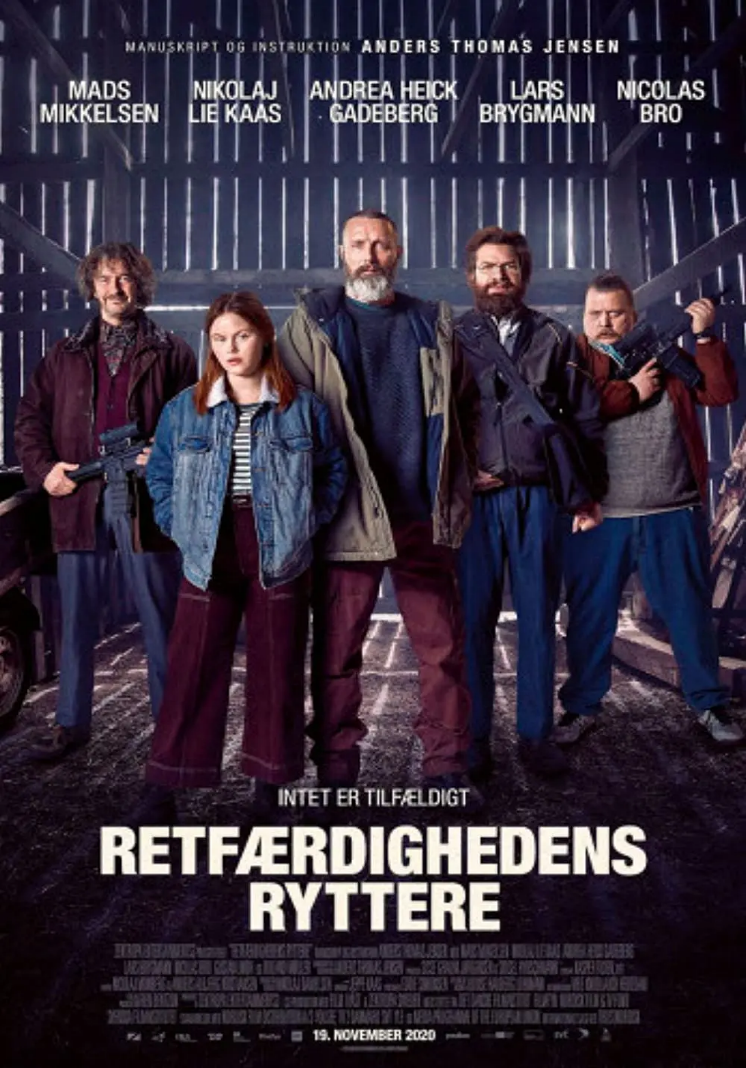Kapag Wala na ang mga Alon Diaz Crumb

The male body and inter-male relationships seem to play a huge part in the narratives of Southeast Asian directors, from Apichatpong’s Tropical Dreams to Diaz’s Wave Dissipation. The ambiguity and violence between the spiritual and the physical body are used as the muscle to organically construct a national narrative through slow cinema (slow video?). to organically construct the overarching narrative of a nation. In “Heat”, Keng and Tong lick each other in the hot tropical jungle; at the end of “The Wave”, at the end of the pier, Hermes and Primo, the two male protagonists with one body and two faces, or two bodies and four faces, are transformed into two halves of overexposed silhouettes, childishly fighting, killing and begging for mercy …..
Perhaps because I saw the Baroque art exhibition yesterday, I found that the portraits of the so-called “Baroque period” (personally, I would prefer to use ‘neo-classical’ to describe it) have a high degree of similarity with high-contrast exposure video works. If we take away the texture of the film itself (which is important and should not be removed, but for convenience we will do some ‘condensed physics’ style dictum here), we find that both use a beam of (not natural) theater-like high light on the subject. First, it has a theatrical effect, as such a pointing highlight is difficult to see in real life (Tyndall’s phenomenon?) More particularly, it gives the characters a sense of religious sublimity. Baroque is not difficult to understand, after all, coming from the Middle Ages, and the lighting techniques are not refined enough (compared to Vermeer and Rembrandt); and how should we imagine the latter? In “The Wave”, I see more the abuse of religious lighting, a clumsy, repetitive use of biblical stories and compositions; even afterwards it becomes a completely false “baptism”, where the baptized are immediately killed.
The photography is really great! After watching three hours of Tosatsu lighting, the noise and high-definition images and just the right amount of contrast created a Philippines in a completely distorted fantasy dream. (Nothing like the stills!) The waves, the sun, the market, and the darkness …… Every single image can be cut to my aesthetic in a random image. The artificial fog coming out of the post-World War II Noh stage, the low wooden houses, the prostitutes and pimps standing along the street, and the eclectic Capitol building in the distance, two men chasing each other with a deadly grudge; it’s hard not to think that it belongs to the plot of a certain “story”.
The double heroes: teacher and student, cop and criminal, murdered man and murderer, baptized priest and executioner, drug dealer and addict ….. At the end of the film, at the end of the city, on the pier, they have an “infernal” confrontation. Unlike “Infernal Affairs”, this is not simply a matter of identity between police and bandits, but a violent incident between individuals and groups, or even nations. The three-hour chase eventually degenerates into what appears to be a ridiculous playground between kindergarten children. But it was such childish children who forged a short dagger that plunged into the body, spun the handle, stirred up the guts and then pulled it out; stabbed into the shoulders, waist and legs, pulled out the guts of the students, and after cursing the state, pulled out their own. They fell side by side on the dock, from night until day, and after the indifference and disdain of the early bikers for the bodies, the violence, the hatred, was once again dissolved without words.
Crumb’s Black Angle is interesting in that the sound and the instruments themselves become a dichotomous structure with a slight lag; the spatiality of the music is achieved without any technique.




